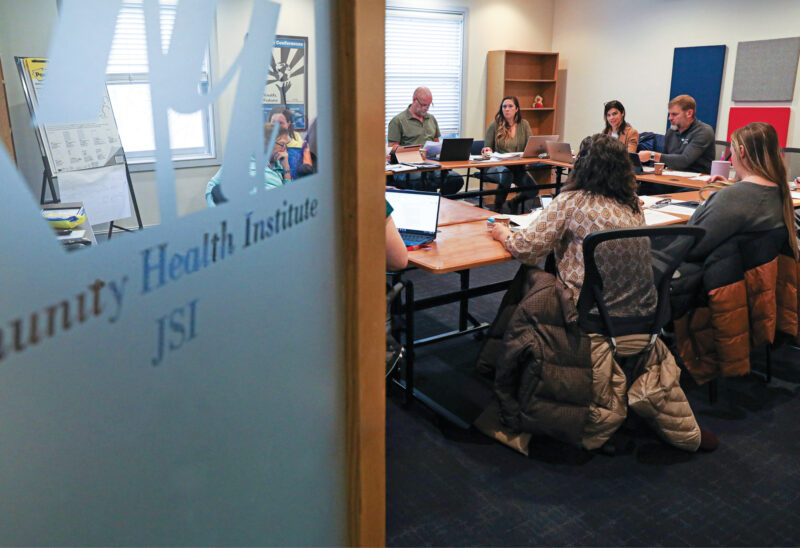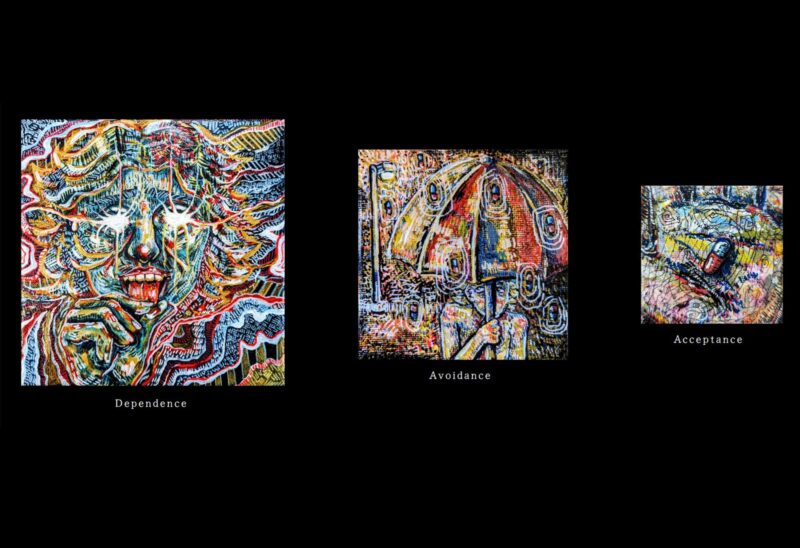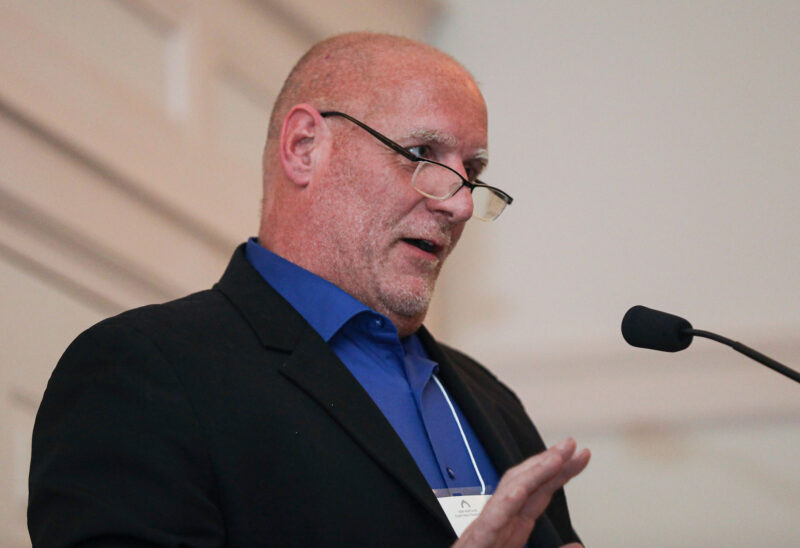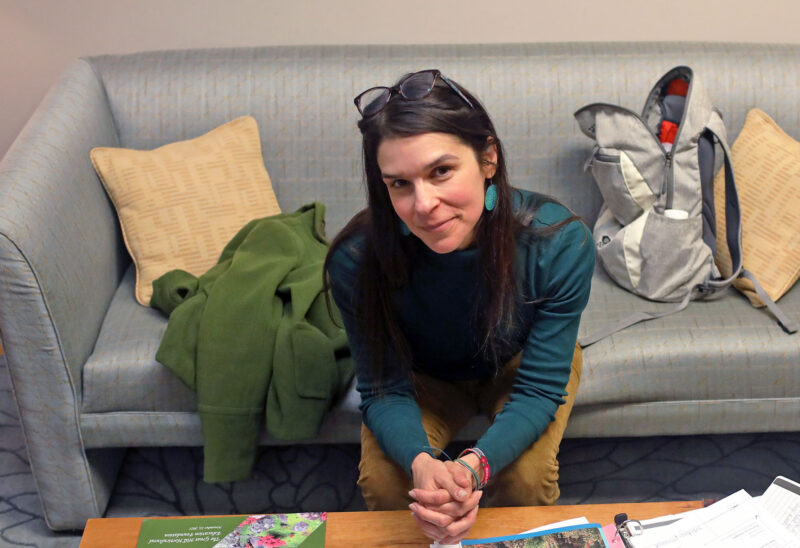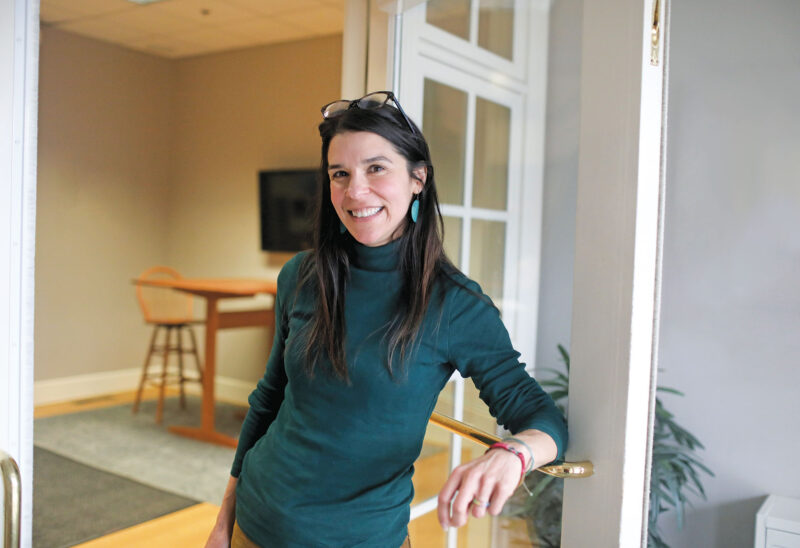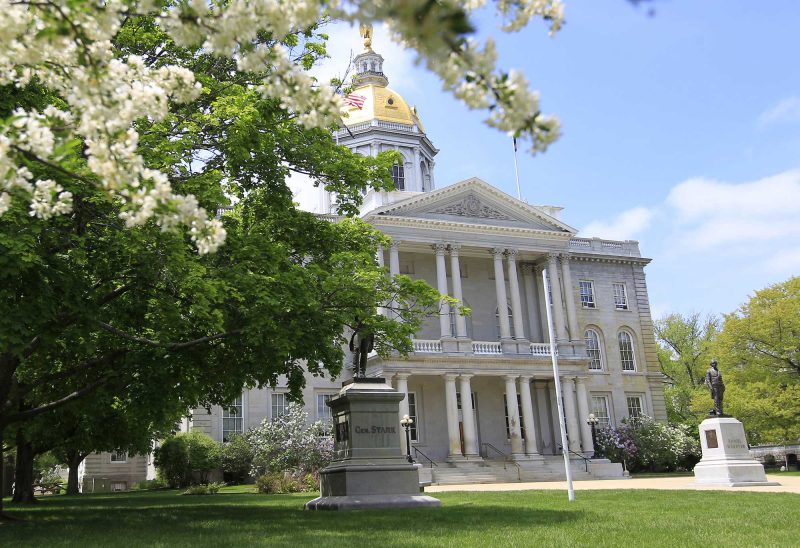The Youth Risk Behavior Survey (YRBS) is a critical tool in our state’s fight against the addiction epidemic. Why? Because addiction truly is a childhood disease — if a child’s risk factors increase without targeted interventions, the likelihood that that child will suffer from addiction later in life also increases. Adolescence through young adulthood, in particular, is a critical period for brain development and the time when addiction is most likely to take root.
The state-level Youth Risk Behavior Survey (YRBS) helps us to monitor risky behavior, and the trend data tell us many important things. We can see that, over time, New Hampshire’s high-school aged youth have decreased their use of alcohol, cigarettes and recreational prescription drug use. This is great news. However, we also have data that is quite concerning: our youth marijuana use has remained unchanged and key mental health indicators are going in the wrong direction, meaning an increased number of youth are reporting feeling sad or hopeless and are having thoughts of suicide.
As noted above, we have real reasons to celebrate prevention efforts. The following risky behaviors have decreased significantly over time:
- High-school alcohol use (including binge drinking), cigarette use, and recreational prescription drug use has decreased (see chart below),
- The number of students who report having their first drink before the age of 13 has decreased,
- The number of students who rode with a driver who had been drinking alcohol has decreased, and;
- The number of students who drove a car when they had been drinking has decreased.
All great news. We commend New Hampshire’s young people for making healthy choices, and our school and community partners who work daily to support prevention efforts.
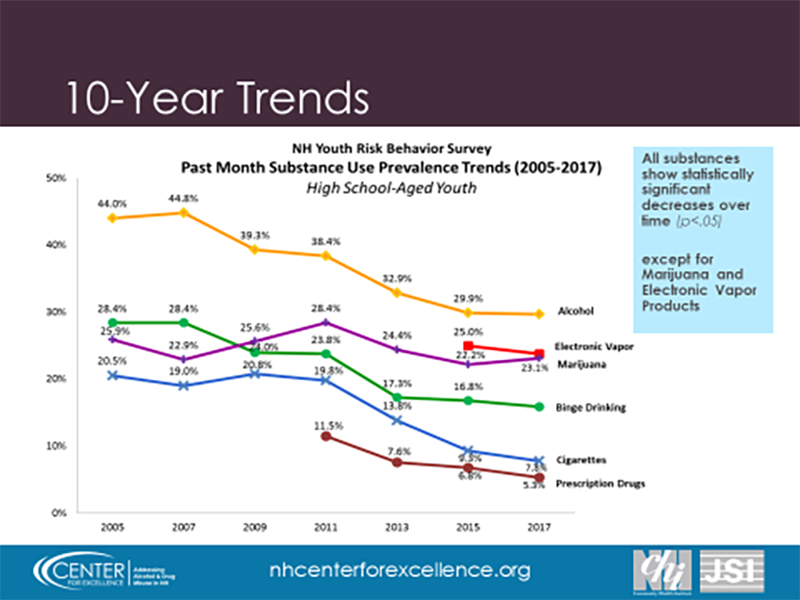
But we also see areas of concern, where unchanged or increased risk is being reported by young people:
- Youth marijuana use has not changed significantly over time, with roughly a quarter of our high-school youth reporting using marijuana in 2017,
- and in New Hampshire, anecdotal reports from schools of significant vaping use among their middle and high school student populations sparked the addition of this question on the YRBS in 2015. Based on data collection in 2015 and 2017, we see that about a quarter of our high-school aged youth report vaping.
- Youth who report having felt sad or hopeless for more than two weeks in a row so that they stopped doing usual activities has increased over time with 28% of high school students reporting this risk in 2017, and;
- Youth who report having seriously considered attempting suicide has increased over time with 16.1% of high school students reporting this risk in 2017.
Preventing substance use disorders is a priority area for the New Hampshire Charitable Foundation, and one of the areas of focus of our “New Hampshire Tomorrow” agenda for increasing youth opportunity. The Foundation works with a comprehensive network of partners — as part of a statewide plan to address the disease of addiction — to implement proven prevention strategies, expand access to treatment and support recovery.
The Foundation is in the seventh year of a 10-year investment in youth substance misuse prevention, knowing that if we can delay or prevent youth substance use, we will dramatically reduce the likelihood that people will experience a substance use disorder later in life. This multi-year strategy is informed directly by the latest addiction science, which tells us that brains continue to develop well into our 20s, making adolescence and young adulthood a particularly dangerous time to use substances recreationally. [1] We are also investing in mentoring and other youth and family supports, as well as behavioral health programs.
The YRBS was developed by the Centers for Disease Control and Prevention and is administered every two years with collaboration from state agencies and organizations. The survey measures risk behaviors of 9-12 graders in several key areas, including substance misuse and mental health. Survey procedures are specifically designed to protect the privacy of students, and parental permission procedures are followed. [2]
In order to ensure that state and community partners have access to top-notch data and evaluation resources, the Foundation helps to support the NH Center for Excellence specific to substance use disorder data and evaluation. The Center for Excellence, in partnership with the New Hampshire Departments of Health and Human Services and Education, provide data analysis and technical assistance to the field relative to using YRBS data.
The Foundation also supports the state’s 13 Regional Public Health Networks to work locally with key partners to implement evidence-based prevention strategies targeting the identified risk behaviors, and supports direct evidence-informed prevention programming via proven initiatives such as the Life of an Athlete and Youth Leadership Through Adventure programs.
Additionally, the Foundation is a co-funder of the NH Children’s Behavioral Health Collaborative which is a collaborative effort among more than 70 partner organizations to advance a coordinated and comprehensive system of care for youth and families in New Hampshire. A system of care is a behavioral health care approach that relies on a coordinated network of effective community-based services and supports with a broad array of individualized services which help children and youth to function better at home, in school, in the community, and throughout life.
Looking forward, as our state continues to fight the addiction epidemic, it is absolutely critical that schools and communities continue to gather this data. Not only are local strategies informed by the results, but millions of dollars in state, federal and philanthropic resources for youth services are contingent on communities being able to report YRBS data.
New YRBS data will be gathered next year. The New Hampshire Departments of Health and Human Services and of Education provide the survey participation at no cost. We encourage school staff, youth-serving organizations, parents, funders and community leaders to encourage local districts to participate in the 2019 YRBS, to ensure that reliable data is available to support services for young people across the state.
Help is out there. If you or someone you know is in distress, please reach out:
New Hampshire’s 24/7 Addiction HelpLine: 211
National Suicide Prevention LifeLine: 1-800-273-TALK.

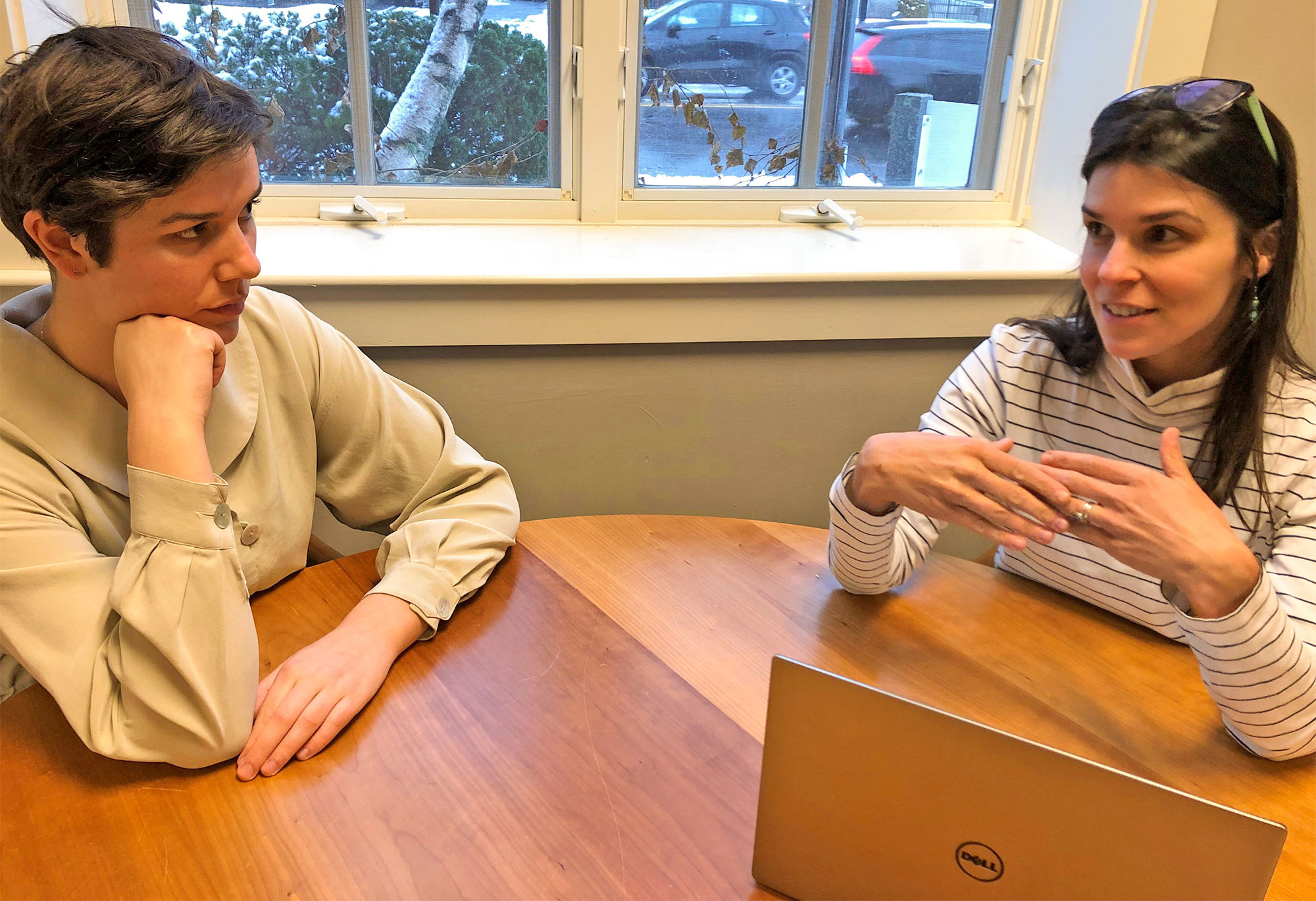






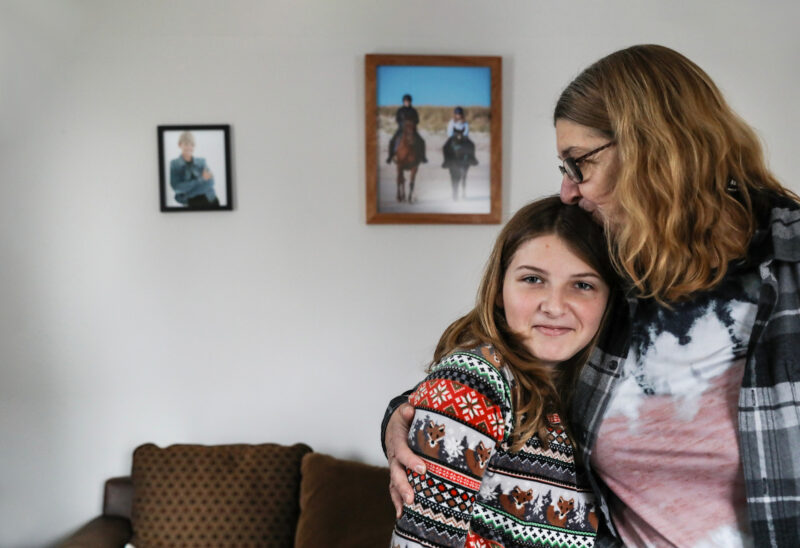

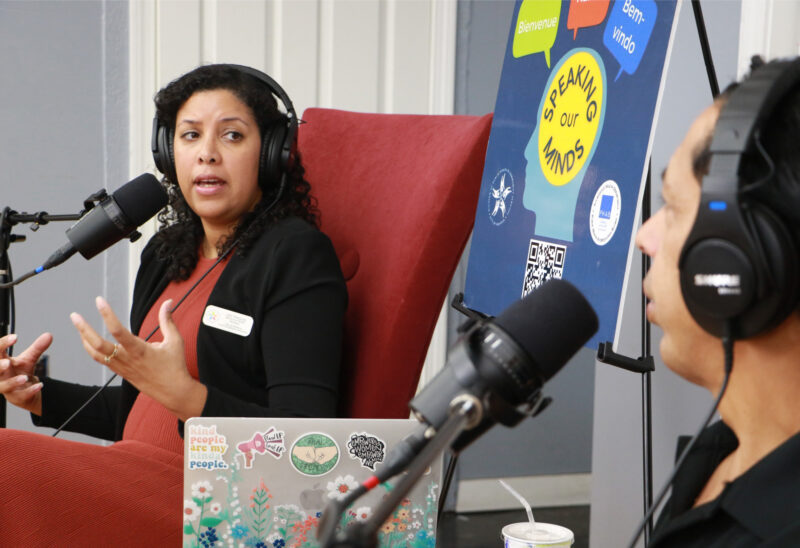
![Charitable Foundation President Dick Ober [Photo by Cheryl Senter]](https://www.nhcf.org/wp-content/uploads/2023/12/dick-ober-purpose-fall-winter-2023-800x548.jpg)
